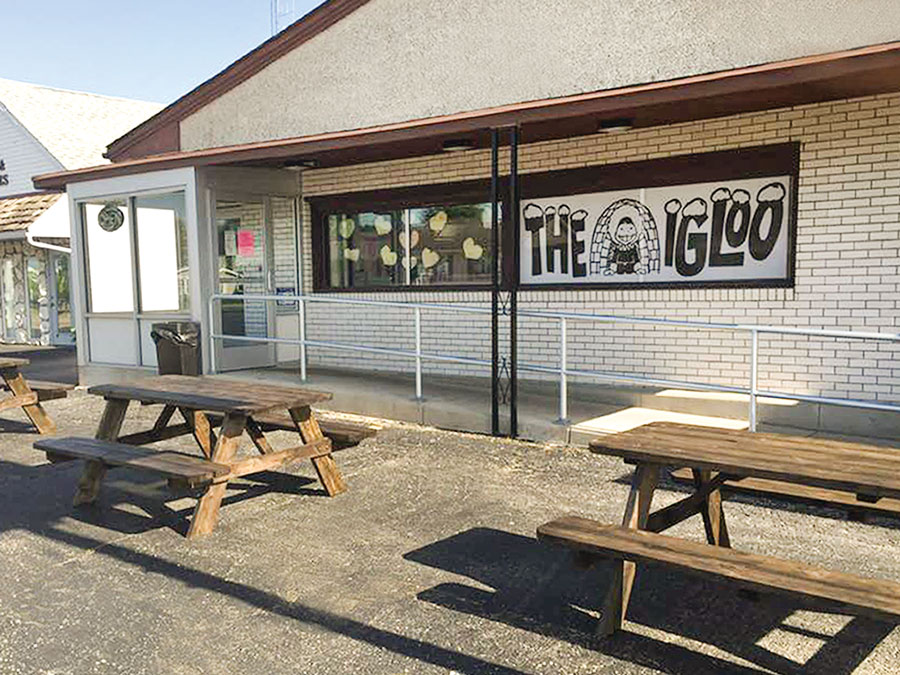Electric cooperatives pursuing broadband funding got a long-awaited win when the Federal Communications Commission took major steps to improve the way rural areas without high-speed internet access are mapped to qualify for federal dollars.
The agency will require internet service providers to submit highly detailed data about the areas they cover and the service levels they provide. The FCC will use the information to determine areas designated “unserved” or “underserved” and therefore eligible for certain broadband funding programs.
Currently, census blocks can be marked as “served” even if only one household has internet access. The FCC’s new rules will take effect once Congress provides funding and the FCC completes the process to set up the new system.
“Knowing where true broadband service is or isn’t will facilitate a fairer process when it comes to targeting bids,” said Brian O’Hara, NRECA regulatory director for broadband and telecom. “Once gathered, the new data will show the number of Americans without broadband to be much higher than current estimates. The question is, will the $4.4 billion set aside for the Rural Digital Opportunity Fund Phase II be sufficient?”
The rule, released on July 16, calls for Phase II and the remaining $4.4 billion to be delayed until the new, more detailed broadband data can be collected and analyzed to determine needy locations in partially served census blocks.
Source: Cathy Cash, NRECA









